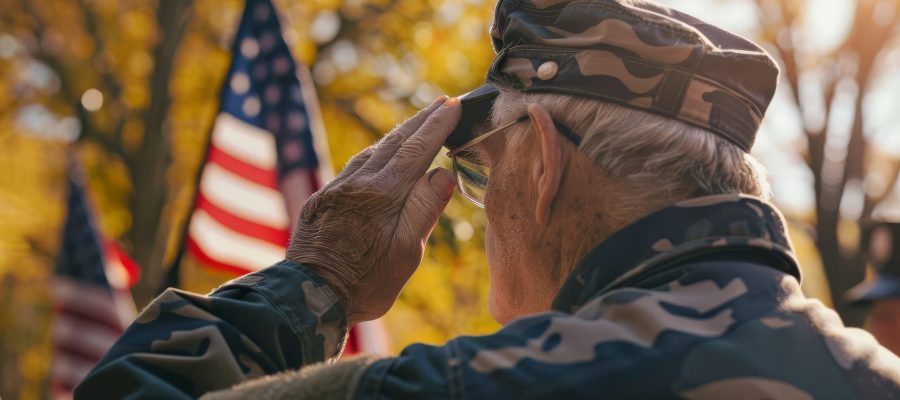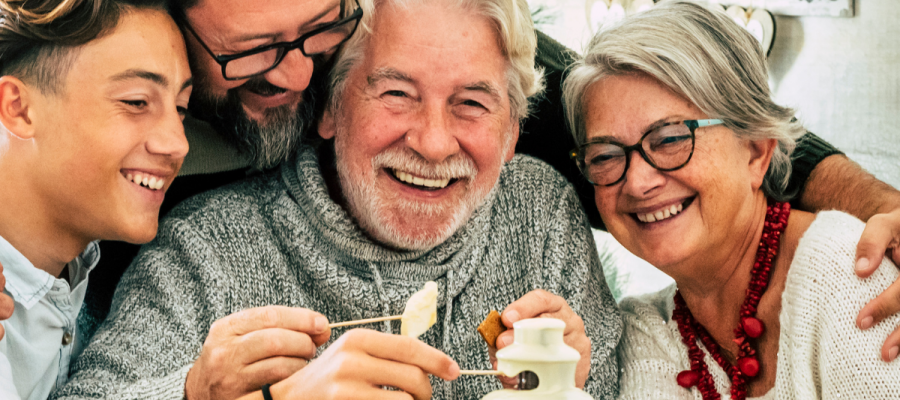Going Home from the Hospital? Home Care Can Help!
Returning home after a hospital stay can feel overwhelming. A little extra help from a home care program can ease your transition and help you safely get back on your feet. With a doctor’s order, depending on your health coverage, you may be eligible to receive the following care post-hospitalization or rehabilitation facility stay:
- Skilled nursing care for wounds, dressing changes, IV treatments, medication administration, blood pressure monitoring, blood sugar monitoring
- Physical Therapy, Occupational Therapy, Speech Therapy
- Durable Medical Equipment such as oxygen
- Transportation to doctors’ appointments
- Home Health Aide services to assist in eating, dressing, bathing, toileting, transferring and continence
- Social Work visits
- Help with driving, preparing meals, doing housework and shopping
Before returning home, especially if you live alone, identify a back-up caregiver who can be available if needed. This person can be a family member, friend or neighbor. They should have a key to your home, and you should know how to get in contact with them. In addition to arranging home care services, it is important to make sure you and your loved ones prepare your home for your return:
General Home Safety:
- Consider a medical alert or a buddy system.
- Keep a fire extinguisher and smoke detector on every floor.
- If you are a smoker, use extreme caution; never smoke when alone or in bed.
- Always get up slowly after sitting or lying down. Take your time, and make sure you have your balance.
- Wear proper fitting shoes with low heels.
- Use a correctly fitted/measured walking aid.
- Remove or tack down all scattered rugs.
- Remove electrical or telephone cords from traffic areas.
- Avoid using slippery wax on floors.
- Wipe up spills promptly.
- Avoid standing on ladders or chairs.
- Have sturdy rails for all stairs inside and outside the house, or, if necessary, purchase a stairlift.
- Use only non-glare 100 watt or greater incandescent bulbs (or fluorescent equivalents).
- Make sure that all staircases have good lighting with switches at top and bottom.
- Staircase steps should have a non-slip surface.
Bathroom Safety
- Leave a light on in your bathroom at night.
- Use recommended bath aids, securely installed on the walls of the bath/shower stall and on the sides of the toilet.
- Skid –proof the tub and make sure the bath mat has a non-slip bottom.
- To avoid scalds, turn water heater to 120 degrees Fahrenheit or below.
- Mark cold and hot faucets clearly.
- Use door locks that can be opened from both sides.
- If possible, bathe, only when help is available.
Kitchen Safety
- Keep floors clean and uncluttered.
- Illuminate work areas.
- Mark “on” and “off” positions on appliances clearly and with bright colors.
- Store sharp knives in a rack.
- Use a kettle with an automatic shut off.
- Store hazardous items separate from food.
- Avoid wearing long, loose clothing when cooking over the stove.
- Make sure food is rotated regularly. Check expiration dates.
Drug Safety
- Review your medicines frequently with your doctor or pharmacist, and when you take new medication.
- Make sure medicines are clearly labeled.
- Read medicine labels in good light to ensure you have the right medicine and always take the correct dose.
- Dispose of any old or used medicines.
- Never borrow prescription drugs from others.
- Check with your doctor or pharmacist before you mix alcohol and your drugs.
- Have medication dispensed in a bubble pack or convenient dispenser.
- Check with your doctor or pharmacist before mixing non-prescription drugs and prescription drugs.
Take the Next Step with Professional Home Care
A safe recovery at home requires both proper preparation and ongoing support. While making these home modifications is essential, navigating your recovery alone can be challenging and stressful. A professional home care agency can provide the comprehensive support you need during this critical transition period—from skilled nursing and therapy services to personal care assistance and companionship.
Contact Gurwin Home Care Agency today to discuss your specific needs and create a personalized care plan. Our experienced staff can assess your unique situation and ensure you have the right level of care to recover safely and comfortably in the place you know best—your own home! Call


